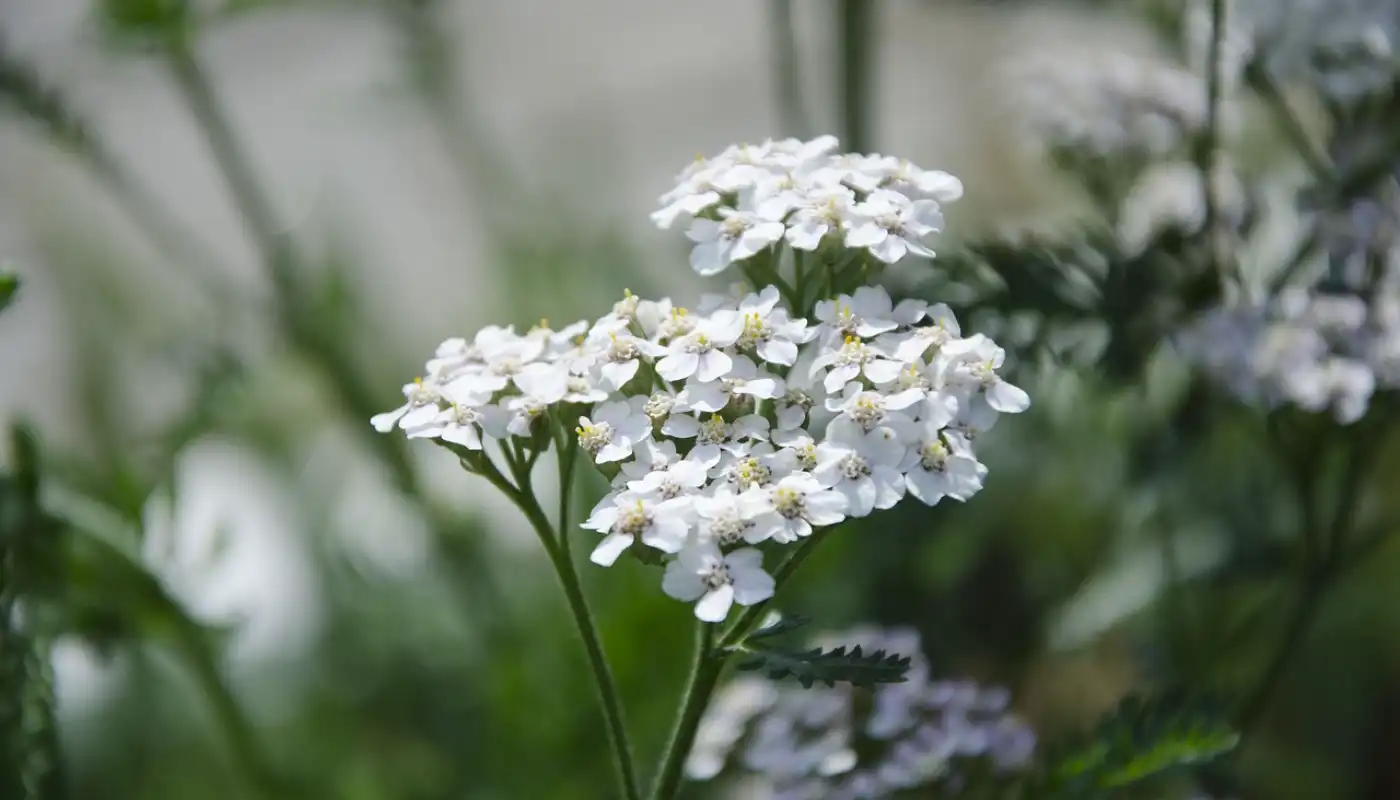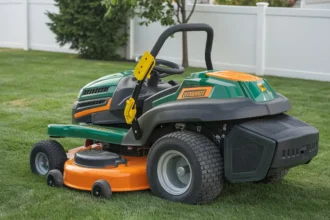Do you want to start a flower garden that bursts with beautiful colors and fragrances? Adding flower plants can elevate the beauty of your home garden and create a stunning flower garden that blooms all summer long.
Whether you are a beginner or an experienced gardener, there are perfect flower plants to bring your home garden to life.
In this post, we will explore some of the best flower plants for the home garden. These plants are easy to care for, stunning, and present vibrant and bold displays. So, let’s dive in.
The Best Flower Plants For Home Garden

Transform your home garden with any or all of these vibrant blooms on our list:
Zinnias (Zinnia elegans or Zinnia violacea)

Let’s start our list with Zinnias. Zinnias is a popular flowering plant for annual gardens and can be easily and quickly grown from either seed or transplant.
It is available in several varieties, which are all easy to grow and produce a lot of beautiful flowers all summer long. Some varieties produce large flowers up to 4 inches wide.
This makes Zinnias a favorite cut flower plant. You can cut the flowers of mature Zinnias and take them inside. Guess what? This plant won’t take time to produce new flowers.
This flowering plant has sturdy stems, thrives in full sun, and can withstand moderate heat. However, This plant produces flowers in different beautiful colors except blue.
Blanket Flower (Gaillardia aristata)

Blanket flowers are also ideal for home gardens. However, they are short-lived.
They have bright colors and thrive in full sun to partial shade. They can grow well in any soil type as long as the soil is well drained.
Well-cultivated Blanket flower plants look bunchier and produce flowers that are brighter, bigger, bolder, and longer-lasting.
This plant can grow up to about 24 to 36 inches tall and 12 to 24 inches wide. If you are a busy gardener and need a low-maintenance flowering plant, you can’t go wrong with Blanket.
Other species you can consider for your home garden include Gaillardia pulchella and the hybrid G. x grandiflora.
Coneflower (Echinacea spp.)

Here is a mid-summer flower plant that is great for your home garden. This drought-tolerant plant comes in many different species and colors, which include the narrow-leaf Coneflower (Echinacea angustifolia) and the purple Coneflower (Echinacea purpurea).
Other colors include yellow, orange, white, pink, bicolor, and so on.
Although Coneflower is deer- and rabbit-resistant, it attracts moths, butterflies, and birds, which aid in pollination. Grow Coneflower in rich sandy soil and full sun for optimal performance.
A mature Coneflower can grow up to about 12 to 24 inches tall and 10 to 18 inches wide.
Yarrow (Achillea millefolium)

If your garden is sandy, rocky, or dry and exposed to blazing sun, Yarrow is the best flower plant for you. However, it can also do well in wet, poor, or rich soils.
This perennial plant has tall, green stalks that bear clusters of small white, red, purple, pink, gold, or yellow medicinal-smelling flowers at the top.
A mature plant can grow up to six to 36 inches tall and 24 to 36 inches wide.
Yarrow is easy to grow because it grows fast, develops flowers prolifically, and can handle a vast range of climates.
Black-Eyed Susan (Rudbeckia hirta)

Another flowering plant similar to Coneflower is Rudbeckia hirta, commonly called Black-eyed Susans.
It is a low-maintenance, short-lived perennial wildflower that produces flowers in late summer and fall. The flowers resemble daisies but have bright yellow petals surrounding a brownish-black center.
This flowering plant can spread itself easily and quickly by self-seeding. This makes Black-eyed Susan one of the easiest flower plants to grow in full to partial sunlight.
It comes in various cultivars, sizes, and colors, and a mature plant can grow between 24 to 36 inches tall and 12 to 24 inches wide. To enjoy this plant, grow it in well-draining, moist, loamy, clay, or sandy soil.
Moss Phlox (Phlox subulata)

The last plant on our list is Moss phlox. This is a spring-blooming perennial flower plant that makes a perfect addition to your rock garden. It is easy to grow and long-lasting.
It produces dense flowers that are available in several different colors, like purple, pink, white, and blue shades.
Moss phlox does well in well-drained soil and full sun, and a mature plant can grow up to six to nine inches tall and 12 to 15 inches wide.
Tips For Choosing The Best Flower Plant

When choosing flower plants to grow in your home garden, it is important to consider the following:
- Your climate: Consider your local climate before choosing any flowering plant. This will help you to select plants that best suit your climate. However, some of the plants listed above can do well in any climatic conditions.
- Your soil: Some flower plants prefer acidic soil, some prefer alkaline soil, some need rich soil, and some can thrive in poor soil.
- Sunlight: Consider the amount of sunlight your garden receives, and choose plants that can adapt to the amount of sunlight your garden receives. Most of the plants listed above thrive in full to partial sun.
- Color scheme: Different flower plants produce flowers of different colors. Consider the color scheme you want to create in your home garden and choose plants that produce flowers that can create such a scheme.
- Maintenance level: Finally, consider the maintenance level of the flower plants. While some plants require high maintenance, some require low maintenance.
Conclusions
Creating a beautiful and vibrant home garden is possible by carefully choosing the right flower plants.
With our list of the best flower plants for home garden above, you can create a vibrant and thriving home garden that blooms all summer long.
Remember to keep slugs and snails off your flower garden to prevent damage to your beautiful flowers.
If you would like to learn more about specific flower care tips or have any other gardening questions, don’t hesitate to contact us via the comment section below.
Frequently Asked Questions (FAQs)
Flower plants that thrive in full sun need at least six hours of direct sunlight exposure. Some plant species can withstand more prolonged sunlight exposure though. If your climate does not have enough sunlight to handle your plant needs, you can get some grow lights to supplement the sunlight.
This usually depends on factors such as the local weather conditions, soil type, and plant variety. Generally, water your plants deeply but less frequently. Allow the soil to dry slightly between waterings.
This depends on your local climate. You can plant your flowers in spring and fall if you reside in temperate regions. However, most annuals can be grown at any growing season.






